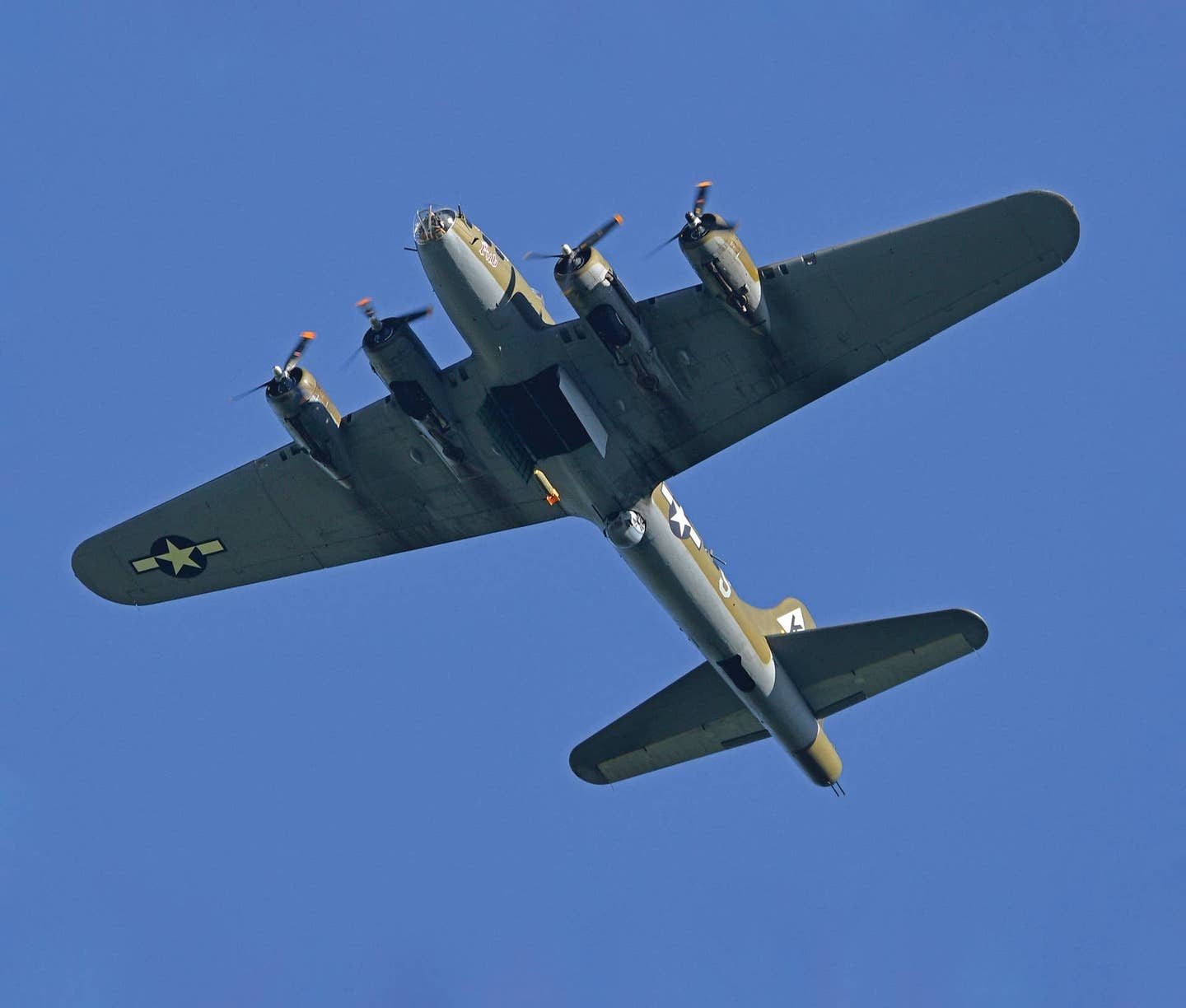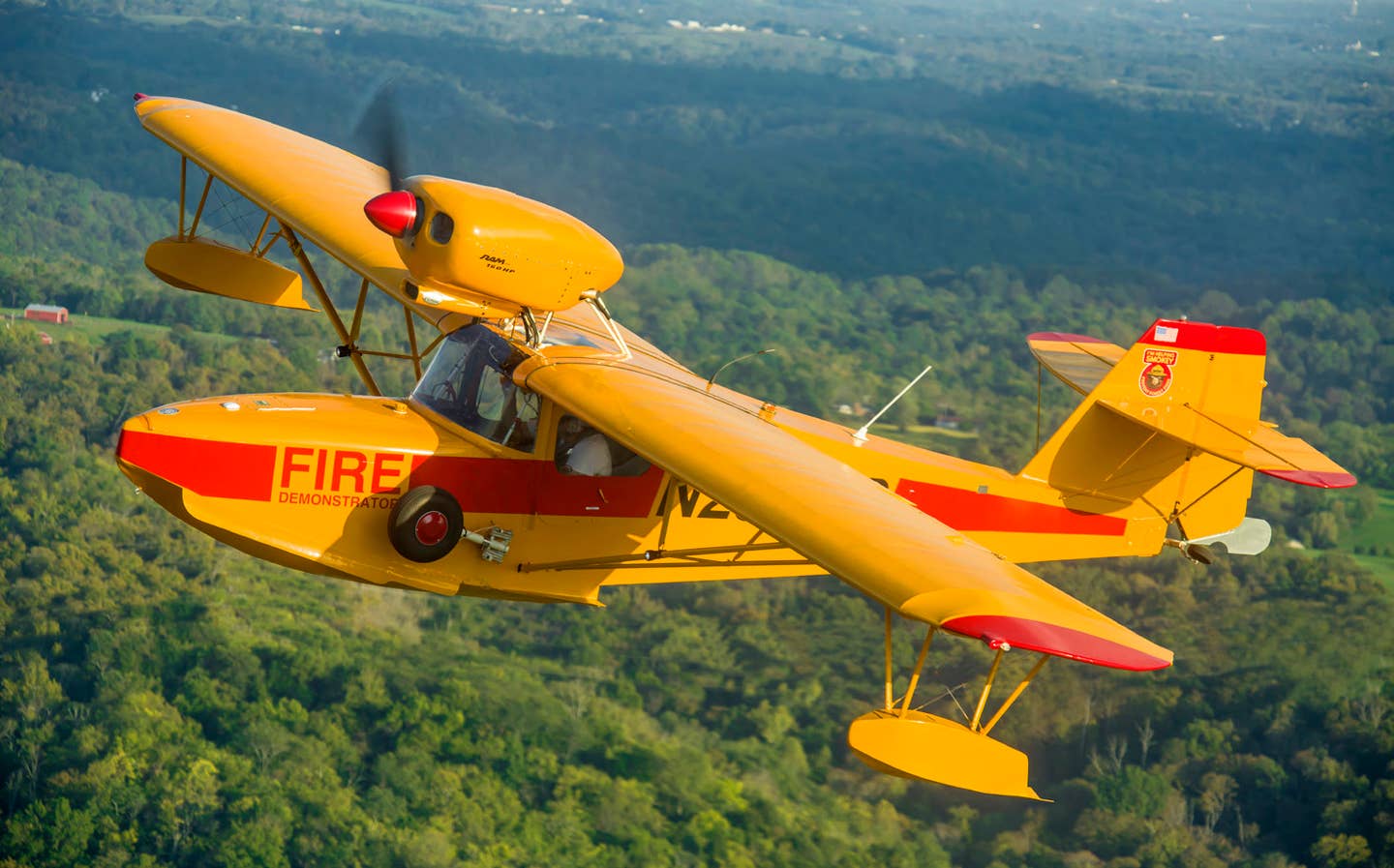
In 2007, two airplanes crashed a month apart, in somewhat similar circumstances. Both were light sport aircraft of European manufacture; both had two aboard; both stalled and spun from low altitude. In its findings of probable cause in the two accidents, the National Transportation Safety Board raised issues that should be of concern to light sport users and manufacturers.
The first accident took place in New Mexico in August, and involved a Zlin Aviation Savage, which is a small high-wing taildragger in the Cub/Champ style powered by a 100 hp Rotax engine. The airplane was being used to survey some ranch land for a new road; two were aboard. The 57-year-old instrument-rated private pilot, who had nearly 4,000 hours, had previously flown at least five hours in the Savage, including an hour-long checkout flight five days before the fatal accident. The instructor who checked him out described the pilot as "excellent," and very well acquainted with the aircraft flight manual.
The weather was clear when the two took off at 9:30 a.m. from the ranch airport. It's uncertain what the wind conditions were, since the nearest reporting stations were Tucumcari and Las Vegas, both about 45 miles distant. Tucumcari had 16 gusting to 24 and a temperature of 88° while Las Vegas reported calm winds and 77°. The density altitude at the accident site, in any case, was between 7,500 and 8,400 feet.
The airplane carried a GPS that stored flight data. After takeoff the flight proceeded into rugged terrain, flying a few hundred feet above the surface. It made a number of 360-degree turns to the right and left, crossed two ridges, followed a valley back toward the airport, then turned northward up another valley. It executed a single 360-degree turn, then suddenly began to descend rapidly. It struck the ground in a steep nose-down attitude. The pilot, the NTSB concluded, "[failed] to maintain airspeed while maneuvering, resulting in an aerodynamic stall."
In the other accident, which occurred a month later in Colorado, an Evektor-Aerotechnik SportStar, a low-wing, side-by-side two-seater also using the 100 hp Rotax engine, stalled and spun while turning crosswind after a touch-and-go landing. The pilot was a 58-year-old man receiving his first flying lesson. The instructor, 41, had logged about 420 hours total time, of which only 2.2 were in the SportStar.
Again in this case, the weather conditions were benign: 10-knot wind, scattered clouds at 6,000 feet, temperature 86°. The density altitude was 7,800 feet. Again, a GPS recorded the history of the hour-long flight, which was unremarkable until its last moments. Again, the NTSB cited "failure to maintain sufficient airspeed" in the probable cause. In this case, however, the airplane was also found to be over gross weight by at least 20 pounds, and possibly as much as 100 pounds. Its empty weight was 737 pounds, and the instructor and student together weighed 435 pounds. There were five pounds of baggage in the baggage compartment, leaving, finally, 36 pounds for fuel -- that is, six gallons. The airplane had been fueled with 10 gallons before the flight, and presumably had not been empty before, although the fueler did not know how much fuel was already in the tank.
At the time of the accident the airplane had been airborne for an hour and had presumably burned between 20 and 30 pounds of fuel; but the combination of the high density altitude, which reduced the power available to around 78 hp, and its high weight would have made it somewhat sluggish and more than usually susceptible to wind shear while climbing.
The NTSB came down hard on the instructor, citing his "inadequate preflight planning" and "failure to calculate the airplane's weight and balance." But it was no kinder to the manufacturer of the SportStar, citing various inadequacies in the Pilot Operating Handbook.
The information in the handbook was sketchy. It provided fuel consumption data for only one altitude -- 2,000 feet msl -- and stated that "fuel consumption decreased based upon a percentage of [the maximum continuous power (MCP) fuel flow, 6.6 gph] with 3.7 gallons per hour being the lowest consumption rate at 65 percent of MCP." Since 3.7 is not 65 percent of 6.6, it is unclear what this means. According to the owner, the airplane averaged 3.5 gph over hundreds of hours of use.
The weight and balance information in the handbook was unconventional, apparently providing information in tabular, rather than graphic form. According to the NTSB report, "Baggage weights offered were zero pounds, 26 pounds and 55 pounds. The fuel volumes listed were 31.7 gallons, 26.4 gallons, 19.8 gallons, 13.2 gallons and 6.6 gallons. The crew weights permissible based upon no baggage and correlating fuel volume were as follows: 437 pounds/6.6 gallons of fuel; 397 pounds/13.2 gallons of fuel; 357 pounds/19.8 gallons of fuel; 317 pounds/26.4 gallons; 286 pounds/31.7 gallons."
If your eyes glazed over while you read that, don't feel like the Lone Ranger. The oddly random-seeming fuel-quantity numbers are direct translations from liters; 31.7 gallons is 120 liters, 26.4 gallons is 100 liters, and so on. In order to make any practical use of this information, it would be necessary for a pilot to graph it, and then to find his particular combination of weight and fuel quantity on the graph. Obviously, this is what the manufacturer should have done in the first place. Such careless documentation does not increase confidence in the manufacturer's competence, although it is some comfort to reflect that the airplane's structure was probably not designed by the same employee who composed the manual.
The manual provided takeoff and landing distance information only for sea level on a standard day, with corrections for grass and inclined runways and for tailwinds. The airplane was equipped with an audible stall warning system that sounded about eight knots above the stalling speed, which was 37 knots with flaps and 42 clean. The manual explained:
"When stall warning system (SWS) audio alarm is heard 1. Control stick -- release or pull to increase airspeed, adjust engine power. SWS audio alarm must end."
Comical mistranslations in the instructions for products of foreign manufacture are common, but in the case of an airplane the implications of the instruction to "release or pull" the stick in order to recover from an incipient stall are potentially more dire than if the product in question were, say, a toaster. The NTSB did not suggest that these garbled instructions were related to the accident; but it did cite "insufficient standards for Pilot Operating Handbook information" in the probable cause.
The Board had similar misgivings about the documentation for the Zlin Savage that crashed in New Mexico. In that case, the problem was a lack of consistency in the definition of airspeed ranges between the flight manual and the airspeed indicator. With respect to stall speed, for example, the flight manual provided four different numbers, none of which coincided with either the bottom of the green arc or the bottom of the white arc on the airspeed indicator -- in principle, the flaps-up and flaps-down stalling speeds respectively. (It's true that the technical nomenclature for various clean and dirty stall speeds can be confusing; but the purpose of a flight manual should be to provide pilots with clear, useful and consistent guidance, not to baffle them.)
The NTSB cited the conflicting airspeed information in the flight handbook as a factor that contributed to the accident. The Savage's stalling behavior was not mentioned in the probable cause, but was the subject of a paragraph in the accident report:
"Several experienced pilots … stated that they had experienced stall conditions in the Zlin Savage well above the published stall speeds. One flight instructor stated that while climbing out he encountered what he felt was a downdraft and the airplane 'began an enormous descent.' He stated that the airplane handled as though it 'were in a deep and unrecoverable stall.' Another flight instructor with extensive experience in various S-LSA aircraft experienced a stall in the Zlin Savage around 58 mph, well above the published stall speed. He stated that during this particular flight he was climbing in smooth air, wings level. Other owners and pilots with experience in the Zlin Savage characterized the stall as docile and slow."
I have very limited experience in LSAs, but one very popular model that I have flown had surprising flight characteristics, including a rudder so whimsical that it would remain at either stop, fully deflected, while the pilot's feet were flat on the floor and the airplane flew merrily along in a gigantic sideslip. This is the kind of behavior that one associates with the First World War, not the 21st century.
While the LSA category has made aviation available to many people who might otherwise have been excluded from it, it has also increased the onus upon manufacturers of ensuring that their airplanes are easy and safe to fly and that the accompanying documentation is clear, direct, honest and accessible to new pilots whose training and familiarity with the arcana of aviation is comparatively slight. Airplanes that will be used largely for introductory flight instruction and for recreational flying by inexperienced pilots need to have straightforward, benign and conventional handling qualities and informative, accessible flight manuals. These are not that difficult to achieve. The sudden explosion in the popularity of LSAs and in the number of their manufacturers should not be accompanied by a proliferation of bizarre quirks and slipshod documentation.
This article is based on the National Transportation Safety Board's reports of the accidents and is intended to bring the issues raised to the attention of our readers. It is not intended to judge or to reach any definitive conclusions about the ability or capacity of any person, living or dead, or any aircraft or accessory.

Sign-up for newsletters & special offers!
Get the latest FLYING stories & special offers delivered directly to your inbox






